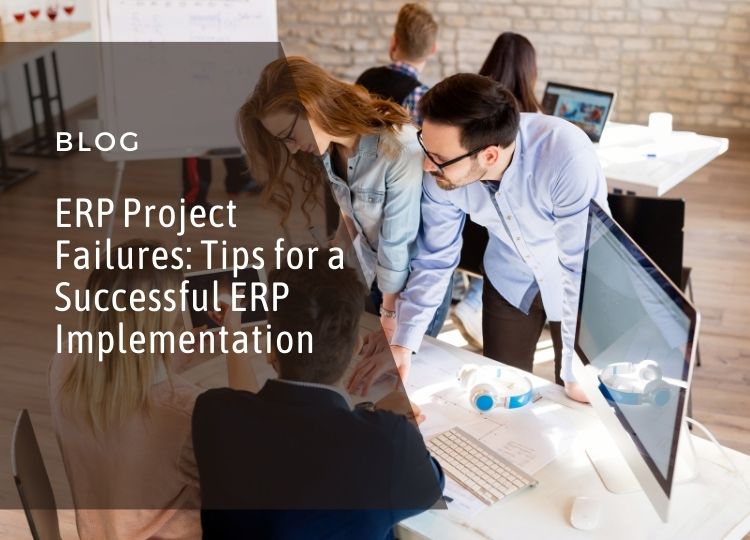ERP Project Failures: Tips for a Successful ERP Implementation
ERP Project Failures: Tips for a Successful ERP Implementation. ERP projects play a critical role in the digital transformation of businesses. However, due to their complexity and high costs, these projects often carry a risk of failure. Failed projects can lead to significant costs and operational challenges, while successful projects offer efficiency, cost savings, and competitive advantages.

Planning Phase
Proper planning is crucial for a successful ERP project. Initially, a detailed analysis of business requirements must be conducted. Defining goals and creating measurable KPIs, clearly outlining the project scope, identifying and managing risks, and selecting appropriate project management methodologies (Agile, Waterfall, etc.) are essential steps.
- Business Requirements Analysis: Detailed analysis of business processes and clarification of requirements.
- Defining Goals: Clearly defining project goals and creating measurable KPIs.
- Defining Project Scope: Determining the project scope, including which processes and functions will be part of the ERP implementation.
- Risk Management: Identifying potential risks and developing management strategies.
- Project Management Methodologies: Choosing appropriate methodologies such as Agile or Waterfall.
Implementation Phase
During the implementation phase, ensuring and cleansing data quality is a priority. System configuration and customization should be done, test scenarios created, and tests executed. User acceptance testing guarantees the system’s smooth operation and facilitates end-user adaptation.
- Data Quality: Ensuring data cleanliness and maintaining data quality.
- System Configuration: Configuring and customizing the ERP system to meet business requirements.
- Testing Process: Creating test scenarios and conducting thorough testing.
- User Acceptance Testing: Introducing the system to end-users and conducting acceptance tests.
Post-Implementation and Support
In the post-implementation phase, creating change management strategies and organizing training sessions for employees to adapt to the new system are crucial. Establishing continuous improvement processes, setting up a support desk, and defining SLAs are also critical steps for success.
- Change Management: Developing and implementing change management strategies.
- Training Programs: Organizing training sessions to help employees adapt to the new system.
- Continuous Improvement: Defining and monitoring continuous improvement processes.
- Support Services: Setting up a support desk and defining SLAs.
Tips for Success
Support from top management, forming cross-functional teams, regular communication and reporting, flexibility and openness to change, and vendor management significantly impact the success of ERP projects.
- Management Support: Securing full support from top management.
- Cross-Functional Teams: Forming teams with representatives from different departments.
- Regular Communication: Maintaining regular communication and reporting throughout the project.
- Flexibility: Ensuring the project is flexible and open to changes.
- Vendor Management: Establishing effective collaboration and communication with vendors.
Conclusion
ERP projects are vital for the benefits they provide to businesses and the future trends they encompass. The integration of new technologies such as artificial intelligence and machine learning into ERP and the importance of cloud-based ERP solutions are increasing. Microsoft Dynamics 365 Business Central simplifies these processes, providing a significant advantage for businesses on their digital transformation journey.
ERP projects play a crucial role in the digital transformation of businesses. However, their complexity and costs often lead to failure risks. Failed projects result in significant costs and operational challenges, while successful projects offer efficiency, cost savings, and competitive advantages.
You can follow us on LinkedIn!
